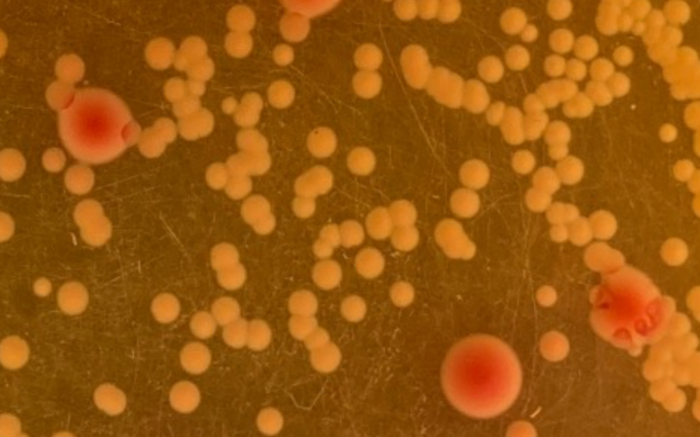Some of the world’s most deadly and drug-resistant pathogens work collaboratively to become more powerful and infectious, a new study has found.
Dr. Lucie Semenec and researchers from Macquarie University and University of Newcastle have characterized for the first time the mutually beneficial relationship between Klebsiella pneumoniae and Acinetobacter baumannii, microorganisms responsible for such conditions as pneumonia, urinary tract infections and bloodstream infections.
Due to their multiple drug resistance, these two notorious pathogens are on a World Health Organization priority list for urgent need of new antibiotics. These pathogens are commonly present in polymicrobial infections, acute and chronic diseases caused by various combinations of viruses, bacteria, fungi and parasites. Some studies in the US and Europe have found them co-existing in about 40 percent of all hospitalised patients.
“This research is significant because diagnostic methods commonly look for the most dominant pathogen and therefore treatment is targeted at that,” says Semenec. “New drugs now can be informed in future research by the molecular mechanisms we find in this work,” says Dr Semenec.
The Nature Communications study outlines how Klebsiella feeds Acinetobacter through its metabolic by-products. In return, Acinetobacter protects Klebsiella from high concentrations of drugs through antibiotic-degrading enzymes that it secretes.
“We have found that they have a mutually beneficial relationship to one another that enables Klebsiella to survive in antibiotic concentrations significantly higher than it can on its own,” Semenec says.
Co-lead author, associate professor Amy Cain of Macquarie University, says the research highlights the pressing need for improved screening for mixed infections in hospital settings. “It’s important to understand that together these bugs are more infectious, more resistant to treatment and they feed off each other,” she says.
The study investigated two strains previously co-isolated from a single lung infection and examined them using multiple screening and analysis mechanisms, from microscopy to genomics and infections in living organisms. It involved a team of researchers from Macquarie University and University of Newcastle.
"Rather like photographing a sculpture from different angles so you can see it its entirety, we really needed a combination of methods to understand this interaction,” Semenec says.
Source: Macquarie University and University of Newcastle
